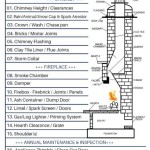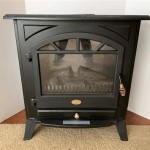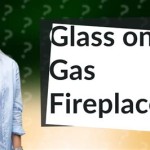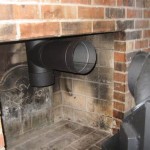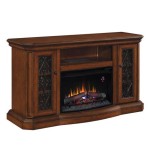Gas Fireplace Chimney Cap: Essential Protection
A gas fireplace, with its cozy ambience and efficient heating, can be a cherished addition to any home. However, to ensure its safety and optimal performance, a crucial component often overlooked is the chimney cap. This seemingly simple feature plays a vital role in protecting your fireplace and your home from various hazards, making it a worthwhile investment.
Preventing Debris Ingress
One of the primary functions of a chimney cap is to prevent debris from entering the chimney. Windblown leaves, twigs, animal nests, and even bird droppings can accumulate in the chimney, creating a fire hazard. These materials can block the flue, hindering the proper flow of exhaust gases and potentially leading to a dangerous buildup of carbon monoxide. A well-designed chimney cap acts as a barrier, effectively keeping out these unwanted elements and ensuring a clear passage for smoke and gases.
Protection from the Elements
Chimney caps also serve as a vital protection against harsh weather conditions. Rain, snow, and ice can seep into the chimney, causing damage to the interior and potentially leading to water leaks. Similarly, strong winds can cause drafts, making the fireplace less efficient and leading to heat loss. A chimney cap acts as a shield, diverting rain and snow away from the chimney opening and preventing wind from entering the flue. This ensures a dry and protected chimney, maximizing its efficiency and longevity.
Ensuring Proper Ventilation
Proper ventilation is crucial for the safe and efficient operation of a gas fireplace. A well-designed chimney cap promotes optimal airflow, allowing the exhaust gases to escape safely and preventing a buildup of pressure within the fireplace. This is particularly important for sealed combustion fireplaces, as they rely on proper venting for safe operation. A chimney cap with appropriate vent openings ensures that the gases flow freely, preventing potential backdrafting and ensuring safe and efficient combustion.
Types of Chimney Caps
Chimney caps come in a variety of designs and materials, each offering specific advantages. Common types include:
- Metal caps: These caps, typically made of stainless steel or galvanized steel, are durable and weather-resistant. They are available in various styles, from basic to decorative, and can be fitted with screens or mesh to prevent debris from entering the chimney.
- Ceramic caps: These caps are aesthetically appealing and can blend seamlessly with the surrounding architecture. However, they may be more susceptible to damage from harsh weather conditions and may require more frequent maintenance.
- Plastic caps: While these caps are lightweight and inexpensive, they are generally not as durable or weather-resistant as metal or ceramic caps. They are best suited for occasional use or in mild climates.
The best type of chimney cap for your gas fireplace depends on several factors, including the size and shape of the chimney, the local climate, and your budget. It is crucial to choose a cap that is appropriately sized for your chimney and is compatible with the type of fireplace you have.
Choosing the Right Chimney Cap
Selecting the right chimney cap for your gas fireplace is an important decision. Consider the following factors:
- Chimney size and shape: The cap should be properly sized to ensure a snug fit and prevent leaks. It should also match the shape of the chimney opening.
- Fireplace type: Certain caps are specifically designed for sealed combustion fireplaces, while others are suitable for traditional open fireplaces. Choose a cap compatible with your type of fireplace.
- Material and durability: Consider factors such as weather resistance, corrosion resistance, and overall durability when selecting the material for your chimney cap.
- Aesthetic appeal: Chimney caps are available in various styles and finishes, allowing you to choose one that complements your home's architecture and personal preferences.
- Code compliance: Local building codes may have specific requirements for chimney caps. Ensure the cap you choose meets these requirements.
It is highly recommended to consult with a qualified chimney sweep or professional installer to determine the best type of chimney cap for your specific needs. They can assess your chimney and fireplace and offer expert advice on selecting, installing, and maintaining the appropriate cap.

Parts Of A Chimney Cap Flashing Liner Crown Damper

Chase Cover Chimney Cap Installation In Colorado Springs

Troubleshooting Tips For Your Gas Fireplace Problems

Chimney Caps Sweeps Of America

Reasons You Need A Chimney Cap Wildlife

Where To Place The Chimney Cap Cover And Crown

Chimney Flue Caps Crofton Md Clean Sweep Of Anne Arundel County

Chimney S Direct Vent Pipe Liners Cover

Chimney Cap Repair In Mercer County

Chimney Caps Crowns Chase Covers
Related Posts


